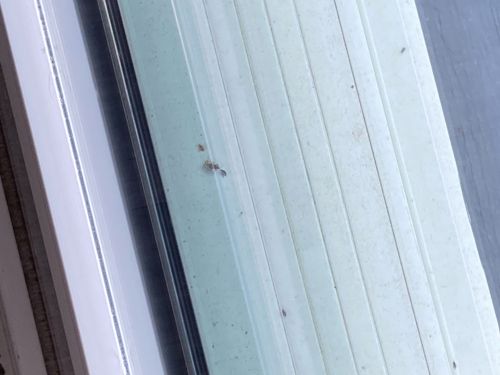Ant
Scientific Name: Formicidae
Order & Family: Hymenoptera (Order) / Formicidae (Family)
Size: Typically 2 to 20 mm, depending on the species and caste (worker, queen, male).

Natural Habitat
Ants are found in almost all terrestrial habitats across the globe. They build nests in soil, under rocks, in wood, and sometimes inside buildings.
Diet & Feeding
Ants have a very diverse diet, often scavenging for food. Many are omnivores, eating nectar, seeds, fungi, other insects, and dead animals. Some species specialize, like leafcutter ants that farm fungi, or predator ants that hunt other insects.
Behavior Patterns
Ants are highly social insects, living in colonies that can range from a few dozen to millions of individuals. They exhibit complex social structures with distinct castes (queen, workers, soldiers, males). They communicate using pheromones and touch. Many species forage in organized trails. Most go through complete metamorphosis (egg, larva, pupa, adult).
Risks & Benefits
Risks: Some species can be considered pests when they invade homes, contaminate food, or cause structural damage (like carpenter ants). Certain species, like fire ants, can inflict painful, stinging bites. Benefits: Ants play crucial ecological roles, including soil aeration, seed dispersal, nutrient cycling, and preying on other insects (some of which are pests). They also serve as a food source for many other animals.
Identified on: 9/18/2025